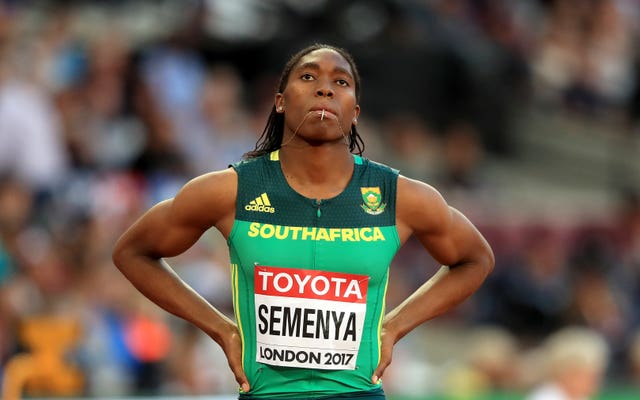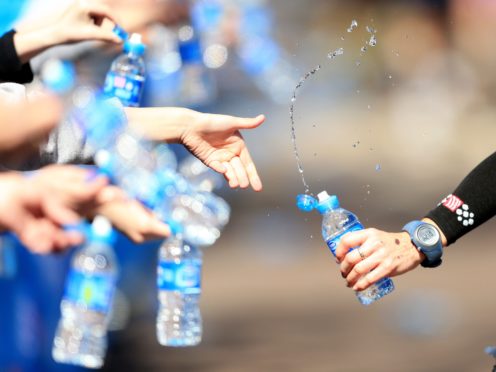Women with higher levels of testosterone are able to run for significantly longer and have more lean muscle mass, research suggests.
The new study comes after the International Association of Athletics Federations (IAAF) ruled on Monday that trans female athletes must lower their levels of testosterone to compete in the female category, following concerns that higher testosterone levels lead to a performance advantage over their peers.
The IAAF said athletes must now keep their levels of natural testosterone below five nanomoles per litre (nmol/L) of blood in order to compete in women’s races.
The new regulation is the same as that which applies to athletes with differences of sexual development (DSD), including Caster Semenya.
Semenya, who has high levels of testosterone due to a condition called hyperandrogenism, is challenging the IAAF’s rules that she and other athletes with DSD must take testosterone-reducing medication in order to compete in track events from 400m to the mile, or change to another distance.
For the latest study, published in the British Journal of Sports Medicine, experts led by the Karolinska Institute in Sweden said there was surprisingly little evidence on the effects of testosterone in women.
They took 48 healthy, physically-active women aged 18 to 35 and randomly split them into two groups.
For 10 weeks, one group applied 10mg of testosterone cream daily while the other group applied a placebo (dummy) cream.

Hormone levels, weight and muscle mass were all assessed at the start of the trial, and again after 10 weeks.
The results showed that those women in the testosterone group were able to run on a treadmill for longer before reaching the point of exhaustion – by an average of 21.17 seconds – compared to those in the other group.
Overall, women in the testosterone group also saw their levels of the hormone increase from 0.9 nmol/L to 4.3 nmol/L.
Testosterone also led to an increase in lean muscle mass, even though body weight did not change, the findings showed.
The total change in lean muscle mass over the 10 weeks was 923g for the testosterone group compared to just 135g for the placebo group.
In the lower limbs, the typical change in lean muscle mass was 398g in the testosterone group compared to 91g in the placebo group.
There were no differences between the groups in other tests such as cycling on an exercise bike or squat jumps.
The authors concluded: “The study supports a causal effect of testosterone in the increase in aerobic running time as well as lean mass in young, physically active women.”
They said the average increase in testosterone levels to 4.3 nmol/l among the women given the hormone cream is below the average range found in men.
Yet it still significantly increased the length of time the women could run before reaching exhaustion, they said.
“Our results are therefore of great importance for the ongoing discussion of whether it is fair to allow athletes with naturally high testosterone to compete in the female category without reducing their hormonal concentration to the female range,” they said.
